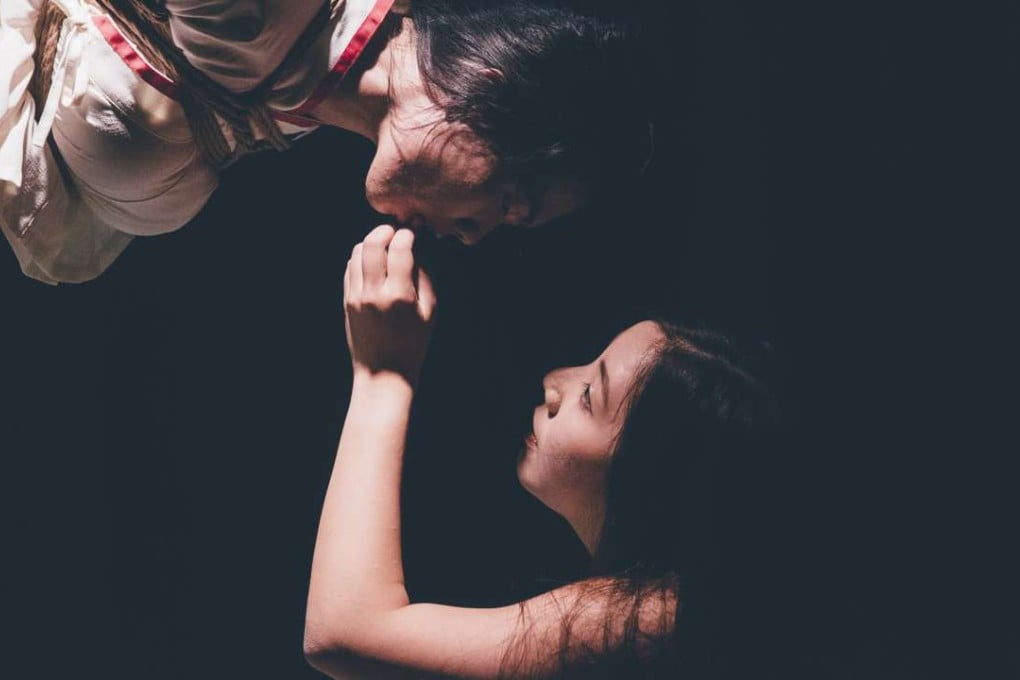In pictures: the Japanese art of rope bondage, as practised in Hong Kong
Subay, a 20-something Hongkonger, has been visiting Japan for several years to learn shibari – the art of using ropes to restrain and bind – from masters of the craft. She says the practice isn’t necessarily about sex, but about trust, humility – and shame

Subay is part of a small underground group in Hong Kong practising shibari, the Japanese art of rope bondage. It may sound saucy and there’s certainly a kinky element to it, but there’s more to shibari than the more commercialised expressions that have gained attention recently.
Subay – a Hongkonger who prefers to go by just one name and is in her mid-20s – has been going to Japan several times a year for the past three years to take private lessons with rope masters, or nawashi, in Tokyo. Her first time came during a vacation with her family – she slipped off for a three-hour private class. Her family is still in the dark about her hobby, just as they didn’t have a clue when she got involved with the local BDSM community when she was 18.

“In the BDSM community I just knew about very Western bondage – metal cuffs and restraints. I was involved with a couple who were into shibari and when I started out I was a rope model. I wasn’t thinking of learning this,” she says.
That all changed when an American rope master visited Hong Kong to teach a workshop. But before we get into that, it’s worth putting shibari into its historical and cultural context.
The Japanese have a strong “wrapping culture” – just think of the way they wrap gifts exquisitely, or of the ancient tradition of wrapping trees in winter to protect them from the cold.
